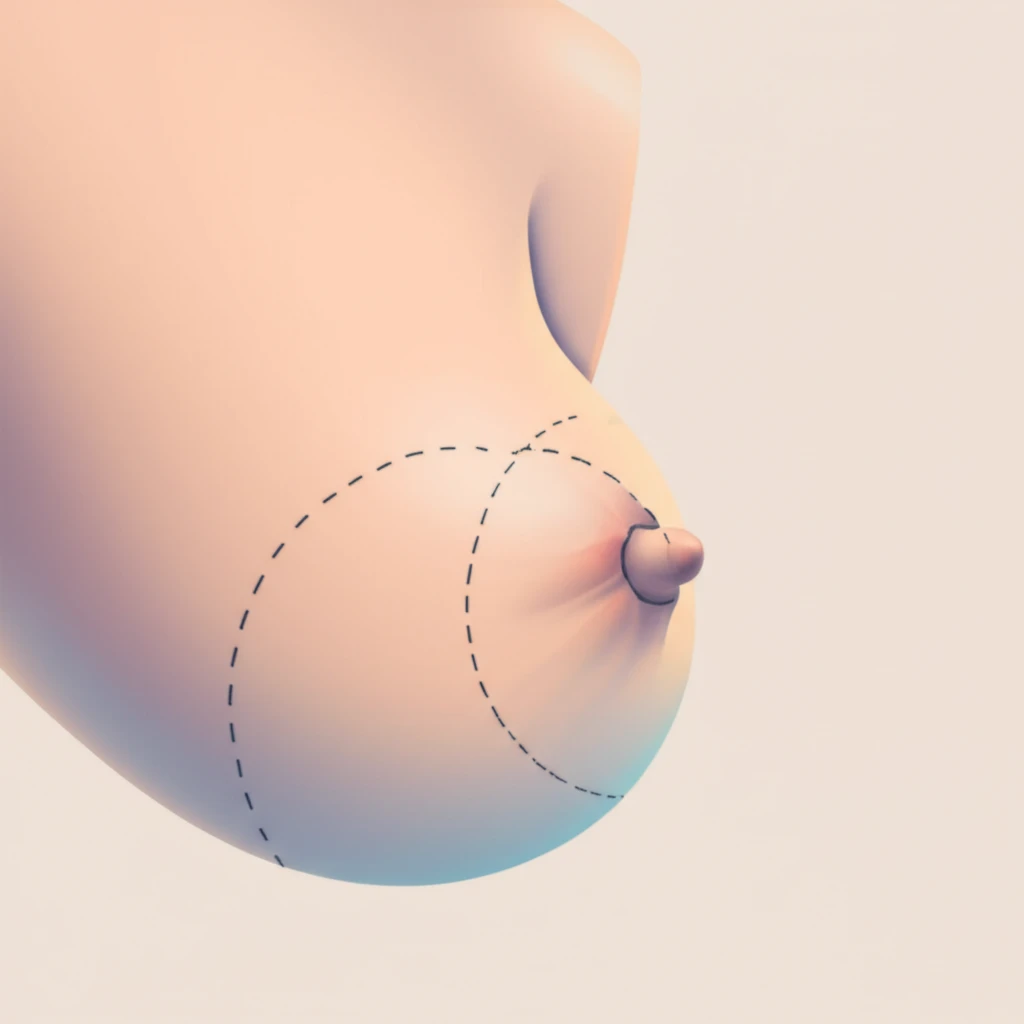
Periareolar Mastopexy: Is This Breast Reduction Technique Right for You?
"A Comprehensive Look at Long-Term Results, Benefits, and Potential Drawbacks"
Patient satisfaction in cosmetic surgery, especially breast reduction (mammaplasty), is intricately linked to the quality of results over time. Factors such as minimal scarring and maintained sensation are crucial, irrespective of the surgical technique used. Periareolar mammaplasty aims to address these concerns, offering a unique approach with specific advantages.
The periareolar technique involves an incision around the areola to reduce and reshape the breast. This method has gained popularity for its potential to minimize visible scarring. However, it's essential to understand that this technique has specific indications and may not be suitable for every patient.
This article delves into a long-term evaluation of periareolar mammaplasty, assessing its benefits, drawbacks, and patient satisfaction levels based on a study with at least 10 years of follow-up. By exploring these factors, we aim to provide a comprehensive overview of this technique to help you make informed decisions.
What is Periareolar Mammaplasty and How Does It Work?

Periareolar mammaplasty is a breast reduction and reshaping technique that involves making an incision around the areola. This allows the surgeon to access the underlying breast tissue, reduce excess tissue and fat, and reshape the breast. The skin is then tightened around the areola, reducing the overall size and improving the breast's shape. While several variations exist, the core principle remains the same: minimize scarring by concealing the incision within the pigmented border of the areola.
- Ideal Candidates: The study focused on patients with moderate breast hypertrophy, mild ptosis (sagging), and good skin elasticity. These factors are crucial for achieving optimal results with the periareolar approach.
- Surgical Technique: The surgical procedure involves a circular incision around the areola, removal of excess breast tissue, and reshaping of the remaining tissue. The skin is then tightened, and the areola is repositioned.
- Demarcations: Precise markings are essential for achieving symmetry and optimal results. Key points are marked with the patient seated to define the new areola position and the amount of tissue to be removed.
Is Periareolar Mastopexy Right for You?
Periareolar mastopexy can be a highly effective option for patients with specific breast characteristics and realistic expectations. However, it's crucial to consult with a board-certified plastic surgeon to determine if you are a suitable candidate. A thorough discussion of your goals, breast anatomy, and potential risks and benefits is essential for making an informed decision.
